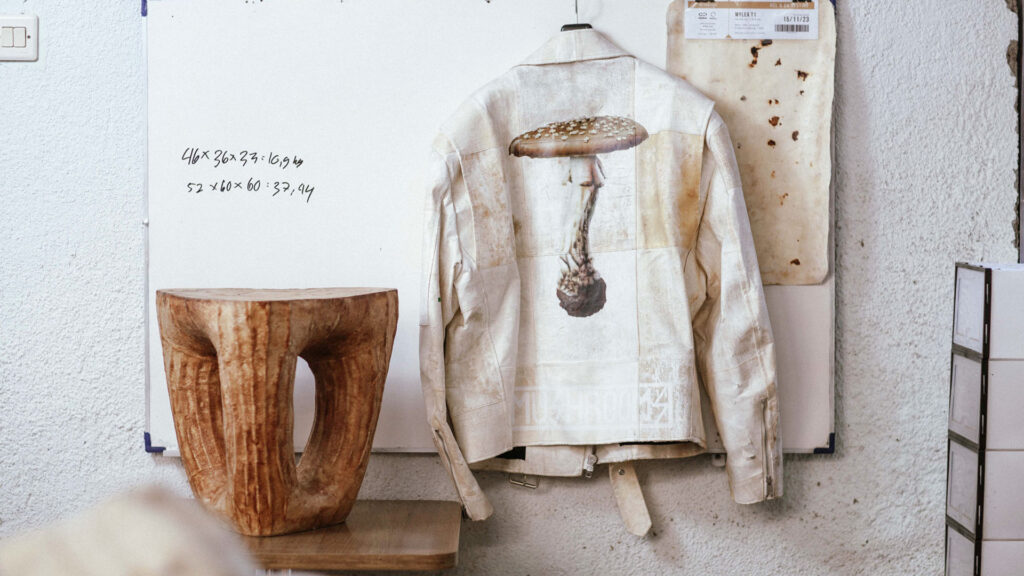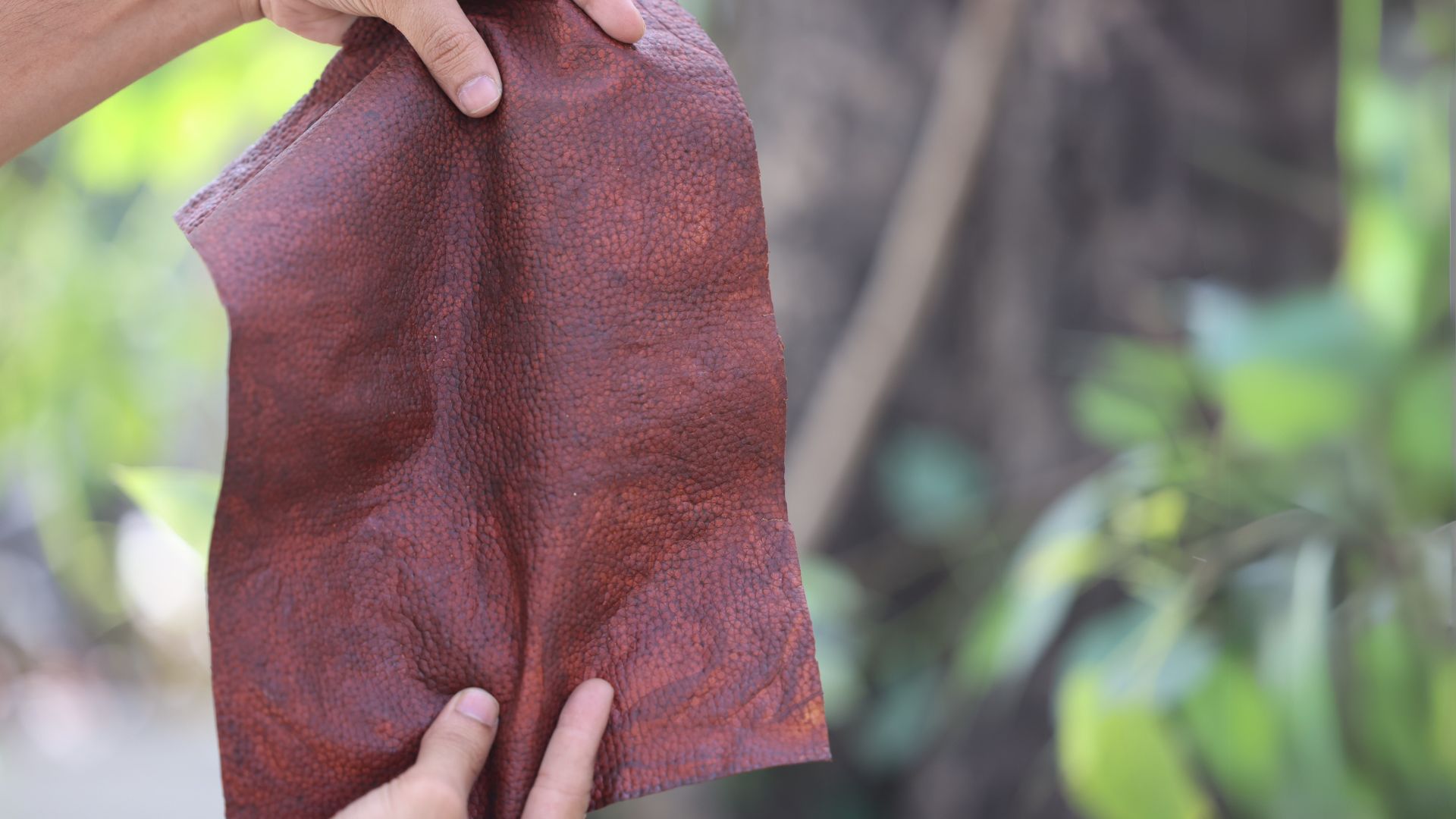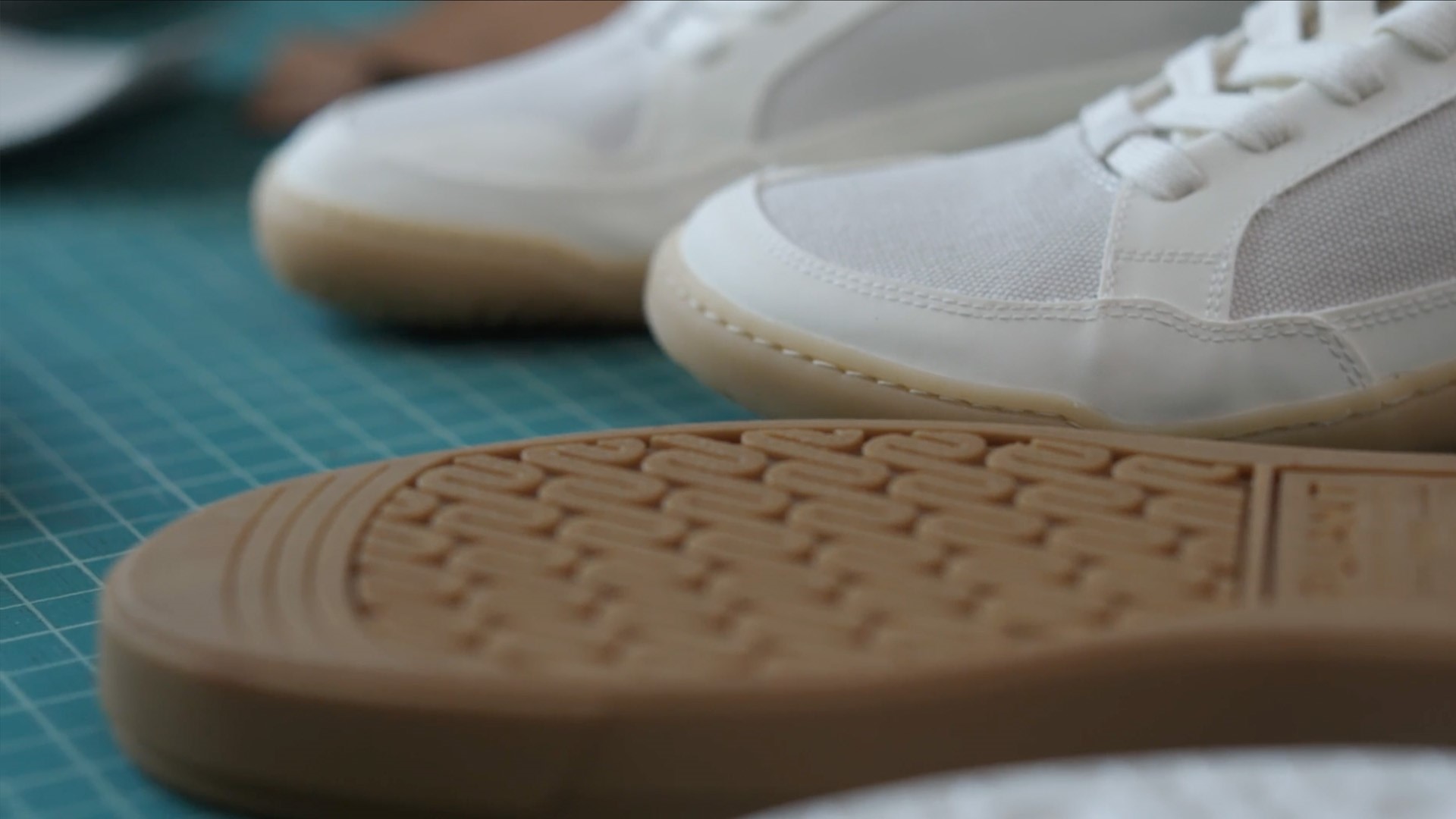

Held in February, London Fashion Week 2025 became the first of the “big four” fashion capitals to take a firm stand on sustainability.
For the first time at a major fashion event, strict material and responsibility standards were introduced to help shape the industry’s environmental impact.
Designers had to ensure at least 60% of their collections used recycled, organic, or surplus fabrics, while brands had to show how they manage waste, water use, and ethical sourcing. This marked a turning point, proving that sustainability is no longer just an option, but an expectation.
While there’s still a long way to go, Earthshot Prize Finalists are leading the way. Their innovations are shaping a fashion system where waste is minimised and materials are either reused or safely returned to nature.
Sustainability isn’t just about how clothes are made, but also how they’re used and discarded.
2022 Finalist, The City of Amsterdam, is working towards a waste-free future, introducing repair discounts, second-hand fashion incentives, and better textile recycling systems.
This approach shows how cities, businesses, and shoppers can all help reduce fashion waste.

By 2050, The City of Amsterdam aims to waste nothing and recycle everything.
Blended fabrics, like polycotton, are one of fashion’s biggest waste problems because they’re hard to recycle.
2023 Finalist, Circ, has developed a process to separate polyester and cotton, allowing both fibres to be reused in new garments.
By making it easier to recycle materials that would otherwise go to waste, Circ helps fashion become less reliant on new resources.
Traditional leather has a huge environmental impact, using large amounts of water and contributing to deforestation.
Fleather, created by Indian company 2022 Finalist, Phool, offers a plant-based alternative made from discarded flowers.
As brands look for materials that balance sustainability with durability, Fleather provides a cruelty-free option that still feels luxurious.

2022 Finalist Phool uses floral waste to create the leather alternative, Fleather. Credit: Phool.
Like Fleather, 2024 Finalist MYCL is redefining materials development.
Their MYLEA fabric is a durable, leather-like alternative grown from mushrooms and agricultural waste, such as palm oil by-products.
By harnessing the natural strength of fungi, MYCL is creating a biodegradable material that reduces waste and helps fashion transition to a more circular future.
Most clothes today contain plastic-based fabrics like polyester, which pollute the environment and don’t break down easily.
2024 Finalist, Natural Fiber Welding, creates strong, flexible fabrics using only natural materials.
By replacing synthetic fibres with plant-based alternatives, NFW helps brands create clothing that is both durable and biodegradable.

NFW's all natural PLIANT material replaces synthetic rubber in shoe outsoles
2022 Finalist, LanzaTech, transforms pollution into materials for clothing.
Their technology captures carbon emissions from factories and converts them into products that can be used to create fabrics like polyester.
Major brands, including Zara, have already used these recycled carbon-based materials in their collections, demonstrating that waste emissions can be a valuable resource rather than a climate problem.
Dyeing fabrics is one of fashion’s most polluting processes, using vast amounts of water and harsh chemicals.
2023 Finalist, Colorifix, has developed a DNA-based biological dyeing method that cuts water use and removes the need for toxic chemicals.
This innovative solution proves that fashion can be colourful without harming the planet.

Earthshot Prize Ambassador, Nomzamo Mbatha's (R) dress was dyed by Colorifix using their innovative DNA-based process
While The Earthshot Prize Finalists featured here prove that circular fashion is possible, to make meaningful change, we need to move faster.
For brands, that means designing with longevity in mind and reducing waste. For industry leaders, it’s about creating policies that support circularity. And for shoppers, small choices, like choosing better materials or buying second-hand, can help push fashion in the right direction.
Together, we can redefine our wardrobes and our world.